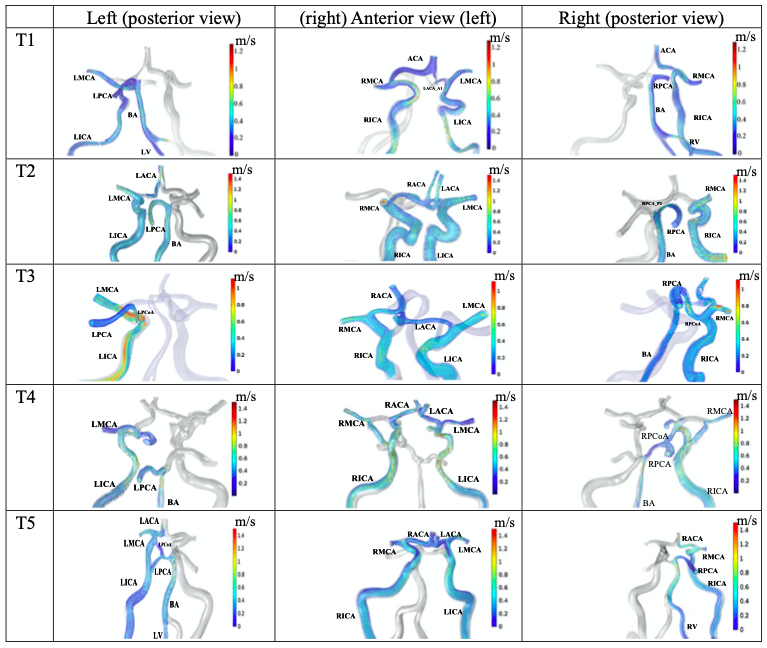Research
I. Machine Learning and Computer Vision
Minority Oversampling
 The key to overcome class imbalance problems is to capture the distribution of mi-nority class accurately.
we propose an Annealing Genetic GAN (AGGAN)method, which aims to reproduce the distributions
closest to the ones of the minorityclasses using only limited data samples.
The key to overcome class imbalance problems is to capture the distribution of mi-nority class accurately.
we propose an Annealing Genetic GAN (AGGAN)method, which aims to reproduce the distributions
closest to the ones of the minorityclasses using only limited data samples.
Annealing Genetic GAN for Minority Oversampling, 2020. [Link]
Image/Video Saliency Detection
 Visual saliency detection in visual scenes aims to seek attention of human visual system. It is essential in cognitive psychology and neurobiology that how humans perceive and process the stimuli from sights.
Our group has been prompteing the advance of this research field in single-image saliency, co-saliency and video-based saliency.
Visual saliency detection in visual scenes aims to seek attention of human visual system. It is essential in cognitive psychology and neurobiology that how humans perceive and process the stimuli from sights.
Our group has been prompteing the advance of this research field in single-image saliency, co-saliency and video-based saliency.
IoT-based 3D convolution for video salient object detection. [Link]
Neural Computing and Applications, 2019.Holistic and Deep Feature Pyramids for Saliency Detection. [Link]
British Machine Vision Conference (BMVC), 2018.Deep Learning Intra-Image and Inter-Images Features for Co-Saliency Detection. [Link]
British Machine Vision Conference (BMVC), 2018.
II. Medical Image Analysis and Clinical Research
Coronary Disease Diagnosis
 This research concentrates on automatic image-based diagnosis of varieties of coronary atherosclerosis disease (CAD). Our group proposes computer vision and machine learning methods for CAD analysis on intracoronary different imaging modalities.
This research concentrates on automatic image-based diagnosis of varieties of coronary atherosclerosis disease (CAD). Our group proposes computer vision and machine learning methods for CAD analysis on intracoronary different imaging modalities.
Learning physical properties in complex visual scenes: An intelligent machine for perceiving blood flow dynamics from static CT angiography imaging. [Link]
Neural Networks, 2020.Context-Aware Inductive Bias Learning for Vessel Border Detection in Multi-modal Intracoronary Imaging. [Link]
International Conference on Medical Image Computing and Computer Assisted Intervention (MICCAI), 2019.An Artificial Neural Network Method for Lumen and Media-Adventitia Border Detection in IVUS. [Link]
Computerized Medical Imaging and Graphics, 2017.An Automated Framework for Detecting Lumen and Media-Adventitia Borders in Intravascular Ultrasound Images. [Link]
Ultrasound in Medicine & Biology, 2015.
III. Computational Model
 Personalized computational models are demonstrating their usefulness both to help understand the mechanisms underlying different diseases,
and to optimize their treatment and predict the patient's response.
Personalized computational models are demonstrating their usefulness both to help understand the mechanisms underlying different diseases,
and to optimize their treatment and predict the patient's response.
Assessment of boundary conditions for CFD simulation in human carotid artery. [Link]
Biomechanics and modeling in mechanobiology, 2018.Three-dimensional hemodynamics analysis of the circle of Willis in the patient-specific nonintegral arterial structures. [Link]
Biomechanics and modeling in mechanobiology, 2016.A study of noninvasive fractional flow reserve derived from a simplified method based on coronary computed tomography angiography in suspected coronary artery disease. [Link]
BioMedical Engineering OnLine, 2017.Hemodynamics analysis of the serial stenotic coronary arteries. [Link]
BioMedical Engineering OnLine, 2017.